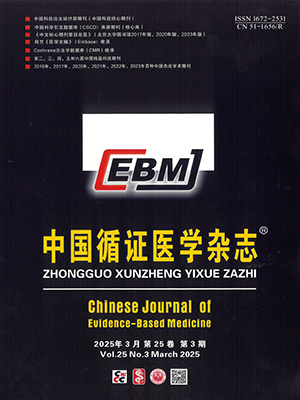Objective To identify the high risk factors related to postpartum suicide.
Methods A total of 40 women with postpartum depression who had suicidal act or ideation were included in the study. They were evaluated by the Edinburgh Postpartum Depression Scale (EPDS), the Life Events Scale (LES) and the Social Support Rate Scale (SSRS), and compared with healthy postpartum women. The multi-element gradual regression analysis was performed to identify the high risk factors.
Results Such factors as prior history of depression, negative life events within the previous half year, absence of social support, disease of mothers or infants, and conjugal relationship were significantly correlated with postpartum suicide.
Conclusion It might be helpful to reduce the incidence of postpartum suicide by prenatal mental intervention and postpartum crisis intervention.
Citation:
XIE Qiaoming,XIANG Hu,LIU Yu,TAO Yongfu,QIN Shuda,YU Mingli. Study on Postpartum Suicide and Relevant Highrisk Factors. Chinese Journal of Evidence-Based Medicine, 2007, 07(11): 771-773. doi:
Copy
Copyright © the editorial department of Chinese Journal of Evidence-Based Medicine of West China Medical Publisher. All rights reserved
| 1. |
O’Hara MW, Swain AM. Rats and Risk of postpartum depression a Mata analysis. Rev psychiatry, 1996, 8: 37-54.
|
| 2. |
Laura J, Miller MD. Pospartum depression. JAMA, 2002, 287: 762-765.
|
| 3. |
Nesport DJ, Hostetter A, Amold A, et al. The treatment of post-Partrem depression: minimizing intant exposures. Jclin Psychiatry, 2002, 63(Supp17): 31-44.
|
| 4. |
Cui CS, Sui JM. The progress of postpartum depression’s etiological factor diagnosis prevention and cure. Progress in Obstetrics and Gynecology, 2005, 14(4): 319-321.
|
| 5. |
Bloch M, Schmidt PJ, Danaceau M, et al. Effects of gonadal steroids in women with a history of postpartum depresson. AM J Psy-Chiatry, 2000, 157: 924-930.
|
| 6. |
Treloar SA, Martin NG, Bucholz KK, et al. Genetic influences on post-natal depressive symptoms: findings from an Australian twin sample. Psychol Med, 1999, 29: 645-654.
|
| 7. |
Nielsen forman D, Videbech P, Hedegaard M, et al. Postpartum Depressive: indentification of women at risk. Br J Obst Gynaecol, 2000, 107: 1210-1217.
|
| 8. |
Baker D, Taylor H. The relation between condition-specific Morbidity. social support and material deprivation in pregnancy and Early motherhood. Soc Sci Med, 1997, 45: 1325-1336.
|
- 1. O’Hara MW, Swain AM. Rats and Risk of postpartum depression a Mata analysis. Rev psychiatry, 1996, 8: 37-54.
- 2. Laura J, Miller MD. Pospartum depression. JAMA, 2002, 287: 762-765.
- 3. Nesport DJ, Hostetter A, Amold A, et al. The treatment of post-Partrem depression: minimizing intant exposures. Jclin Psychiatry, 2002, 63(Supp17): 31-44.
- 4. Cui CS, Sui JM. The progress of postpartum depression’s etiological factor diagnosis prevention and cure. Progress in Obstetrics and Gynecology, 2005, 14(4): 319-321.
- 5. Bloch M, Schmidt PJ, Danaceau M, et al. Effects of gonadal steroids in women with a history of postpartum depresson. AM J Psy-Chiatry, 2000, 157: 924-930.
- 6. Treloar SA, Martin NG, Bucholz KK, et al. Genetic influences on post-natal depressive symptoms: findings from an Australian twin sample. Psychol Med, 1999, 29: 645-654.
- 7. Nielsen forman D, Videbech P, Hedegaard M, et al. Postpartum Depressive: indentification of women at risk. Br J Obst Gynaecol, 2000, 107: 1210-1217.
- 8. Baker D, Taylor H. The relation between condition-specific Morbidity. social support and material deprivation in pregnancy and Early motherhood. Soc Sci Med, 1997, 45: 1325-1336.




